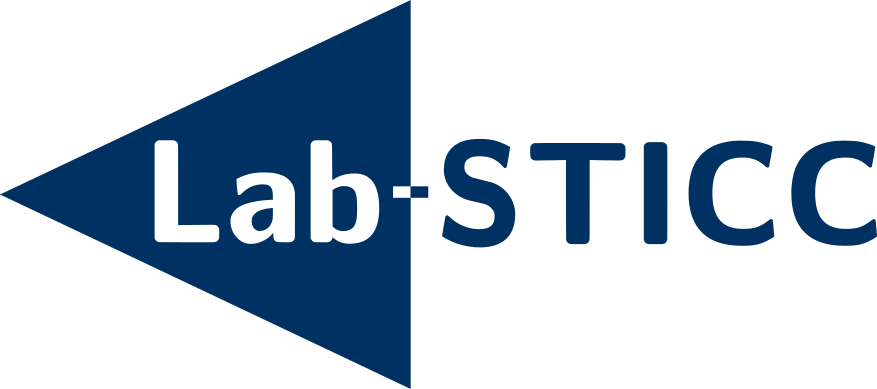System of Systems (SoS) architecture has long been used in system engineering to address increasing and complex requirements. By focusing on the temporal and spatial dynamics of their components, one of their properties is the dependencies between their components. From this perspective, a failure in a component can trigger cascading effects throughout the whole infrastructure. It is crucial to assess how dependencies affect the system's capabilities during the design phase to prevent critical configurations. The first step involves modeling these systems along with their dependencies. Approaches in the literature on SoS dependencies modeling focus on either design, analysis, or execution. Actually, to the best of our knowledge, there are no proposals for a single model that can take all three phases into account. This situation leads to the creation of a gap between these phases, making dependency analysis complex and time-consuming. Furthermore, it is remarkable that there is no model verification process for the approaches studied in the literature. It's worth noticing that, the approaches studied in the literature do not take real-time interactive simulation into account. Given the dynamic nature of SoS, it's crucial to be able to run the models in an interactive simulation to interact with them and update their parameters. The identified locks regarding this subject are: (i) developing a unified and consistent model for design, execution, and dependencies analysis, (ii) handling interaction within the model during simulation.
We introduce in this article the first results of the development of an experimental framework called System of Systems Architecture Framework (SoSAF) for the design, simulation, and analysis of the impact of dependencies in SoS operability. To address the issue (i), the SoSAF framework introduces a meta-model SoSAF Meta-Model (SM2) developed with the Meta-Object Facility (MOF) specifications, coupled with a model control layer defined with Object Constraint Language (OCL). For interactive simulation (ii) in SoSAF, we present a synchronous and interactive simulation engine on the Pharo environment. By developing this framework on Pharo, we address the issue of interactive simulation. Indeed, thanks to the tools integrated within the Pharo image, such as the inspector, we can interact with a model during the execution of the simulation. To validate our framework's ability to represent and analyze the impact of dependencies, we conducted a case study on a swarm of Unmanned Vehicles (UVs). The case study demonstrates the framework's ability to represent the specifications of SoS and to analyze the impact of dependencies on the operability of all components.



